Experiencing the Cultural Richness of India's Teej Festival
The Teej festival in India is a vibrant and colorful celebration that offers a unique glimpse into the rich cultural tapestry of the country. This traditional festival, dedicated to the goddess Parvati and her union with Lord Shiva, holds a special place in the hearts of many Indians. It is a time of joy, devotion, and community spirit, where people come together to observe age-old customs and rituals.
Originating from ancient Hindu mythology, the Teej festival is steeped in history and significance. It symbolizes the reunion of the divine couple and is celebrated with great fervor in various regions of India. The festival is not just a religious observance but a cultural extravaganza that showcases the artistic talents and traditional practices of the Indian people.
During the Teej festival, streets come alive with vibrant decorations, intricate rangoli designs, and fragrant floral arrangements. Homes are adorned with colorful embellishments, creating a festive atmosphere that is both visually stunning and spiritually uplifting. The sight of women in traditional attire, offering prayers and participating in rituals, adds to the charm of the celebrations.
One of the highlights of the Teej festival is the lively music, folk songs, and energetic dance performances that captivate the audience. These cultural expressions not only entertain but also serve as a means of preserving and passing down age-old traditions from one generation to the next. The rhythmic beats and melodious tunes create an infectious energy that permeates the air during the festival.
As the festival season unfolds, bustling fairs, vibrant markets, and street vendors spring up, offering a plethora of festive goods and traditional items. The markets buzz with activity as people shop for clothes, jewelry, and handicrafts, adding to the festive fervor. The aroma of street food and the sounds of bargaining create a sensory experience that is uniquely Indian.
No festival in India is complete without indulging in a variety of traditional sweets, snacks, and delicacies. Teej is no exception, as families and communities come together to prepare and share delectable treats. From sweet jalebis to savory samosas, the culinary delights of the festival are a feast for the senses, symbolizing the spirit of togetherness and sharing.
Women play a central role in the Teej festival, showcasing their participation, solidarity, and empowerment. It is a time for women to come together, support each other, and celebrate their cultural heritage. Through prayers, fasting, and rituals, women reaffirm their bonds of sisterhood and strengthen their sense of community.
While the traditional customs of the Teej festival remain deeply rooted in Indian culture, modern interpretations and contemporary celebrations have also emerged. The festival has evolved over time, incorporating new elements and influences while staying true to its cultural essence. This blend of old and new creates a dynamic and vibrant celebration that appeals to people of all ages.
With the world becoming more interconnected, there is a growing global awareness of the Teej festival and its cultural significance. People from different parts of the world are learning about this traditional Indian festival, appreciating its rituals, and even participating in celebrations. This exchange of traditions and values across borders enriches the cultural tapestry of humanity.
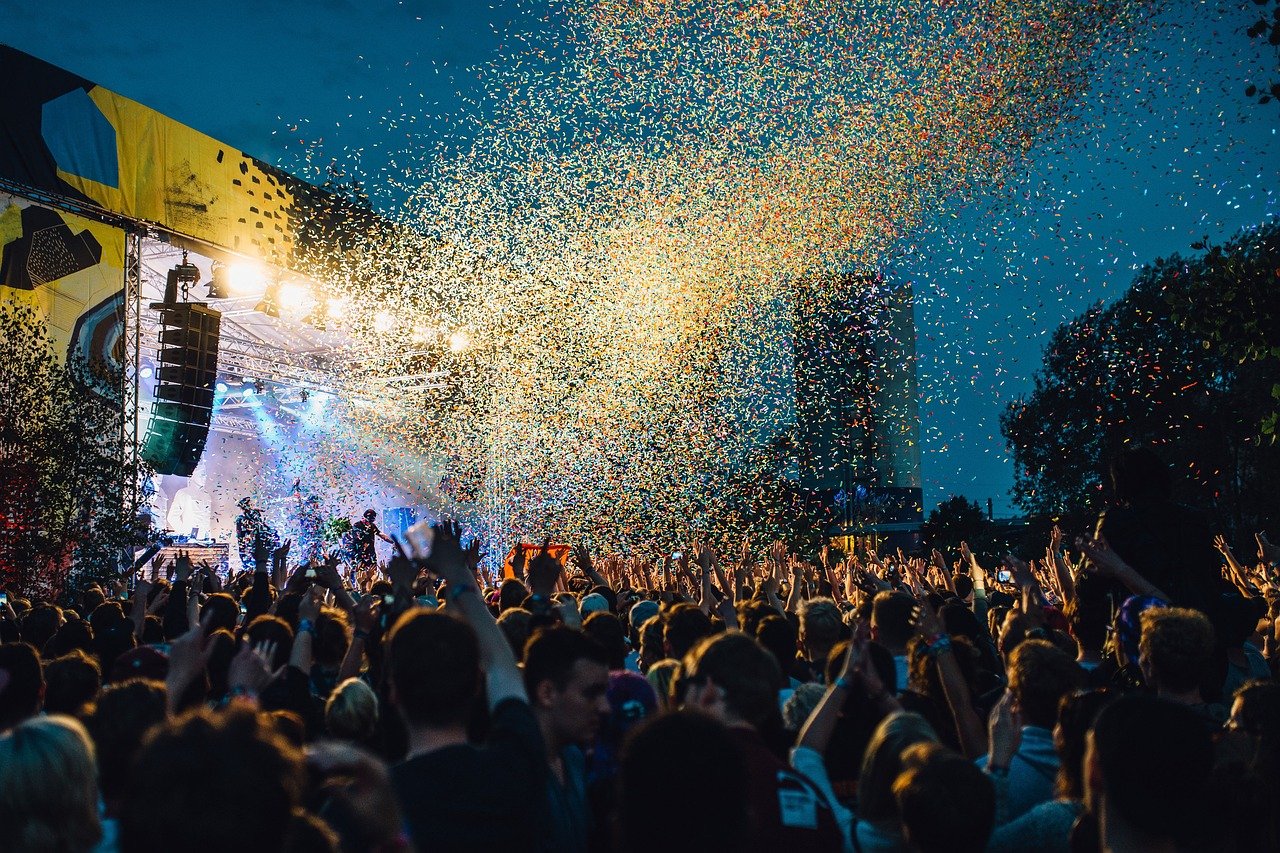
History and Significance of Teej Festival
India's Teej festival is a vibrant celebration deeply rooted in the country's rich cultural heritage. This article delves into the history, significance, rituals, and modern interpretations of Teej festival, offering a glimpse into the colorful tapestry of traditions that define this auspicious occasion.
The Teej festival holds a special place in the hearts of Hindus, particularly women, as it commemorates the union of goddess Parvati with Lord Shiva. Legend has it that Parvati underwent rigorous fasting and prayer to win the heart of Shiva, eventually leading to their divine marriage. This auspicious union symbolizes love, devotion, and marital bliss, making Teej a significant festival for married women seeking the well-being of their spouses.
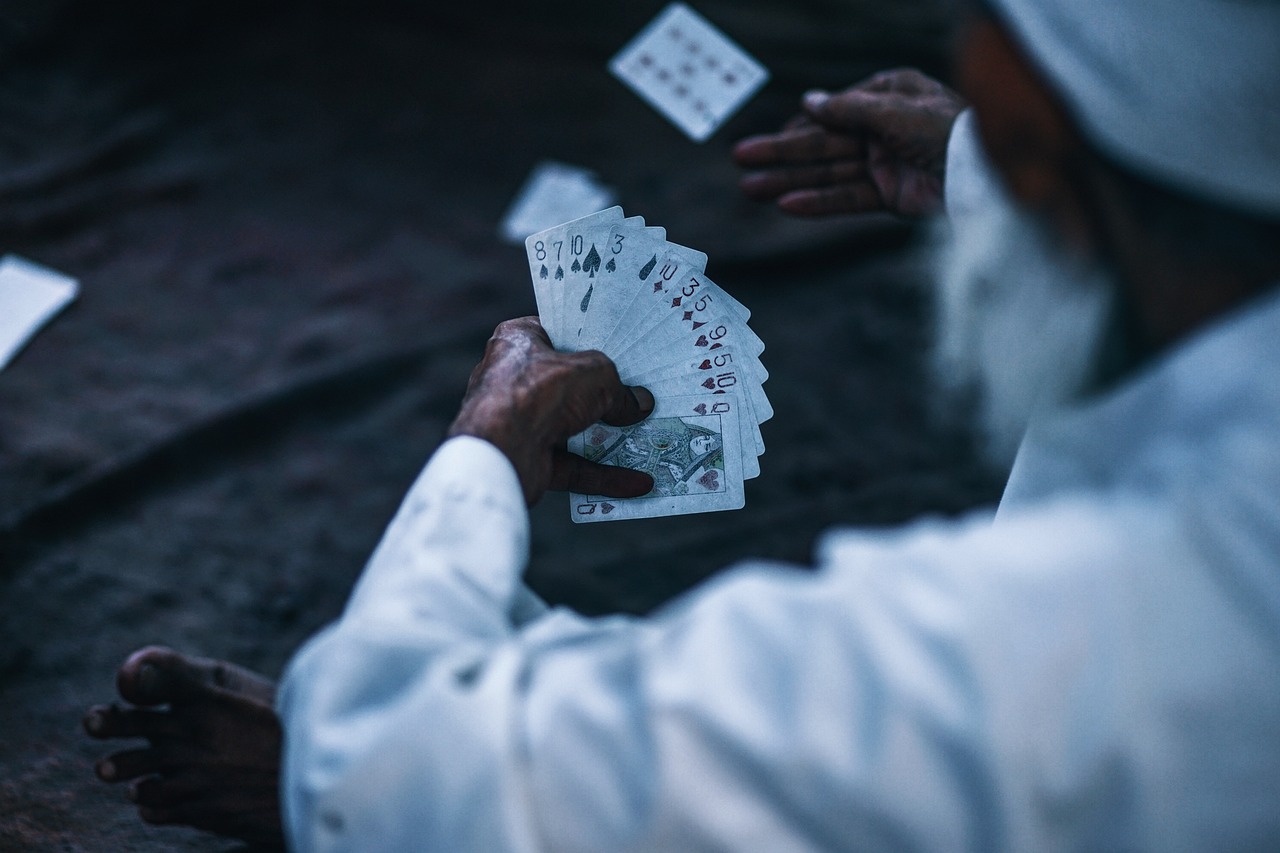
Celebration Rituals and Traditions
When it comes to Teej festival in India, the celebration rituals and traditions hold a special place in the hearts of the people. The festival is not just a mere event but a vibrant tapestry of customs and practices that have been passed down through generations. One of the most significant aspects of Teej is the fasting observed by married and unmarried women to seek the blessings of Goddess Parvati for marital bliss and the well-being of their families. This fasting is a symbol of devotion and self-discipline, reflecting the deep-rooted cultural values of the festival.
During Teej, women dress in colorful traditional attire, often in shades of green and red, symbolic of prosperity and fertility. The vibrant hues of their clothing mirror the joy and exuberance of the festival. Additionally, intricate mehndi designs on hands and feet are a common sight, adding an artistic touch to the festivities. The streets come alive with the sounds of laughter, music, and the fragrance of incense, creating a lively atmosphere that is truly infectious.
One of the most enchanting aspects of Teej celebrations is the elaborate decorations and rangoli designs that adorn homes and public spaces. Intricate patterns made with colorful powders, flowers, and diyas create a visual spectacle that captivates onlookers. These decorations are not just a feast for the eyes but also symbolize prosperity, good luck, and the welcoming of Goddess Parvati into the homes of devotees.
Traditional rituals such as swinging on decorated swings, offering prayers at temples, and lighting oil lamps are observed with great fervor during Teej. The festival also showcases the rich cultural heritage of India through folk songs and dance performances. Women gather in groups to sing traditional Teej songs, accompanied by lively music and rhythmic dance movements that embody the spirit of joy and celebration.
Furthermore, Teej festival is synonymous with fairs and markets bustling with activity. Street vendors selling colorful bangles, traditional clothing, henna cones, and a variety of festive goods create a vibrant shopping experience for visitors. The markets become a hub of excitement and energy, reflecting the festive spirit that permeates every corner of the country during Teej.
In essence, Teej festival is a time of joy, devotion, and togetherness, where women play a central role in preserving and celebrating age-old traditions. The festival not only honors the divine union of Goddess Parvati and Lord Shiva but also serves as a platform for women to come together in solidarity, empowerment, and shared cultural heritage. Teej is not just a festival; it is a celebration of life, love, and the enduring spirit of Indian culture.
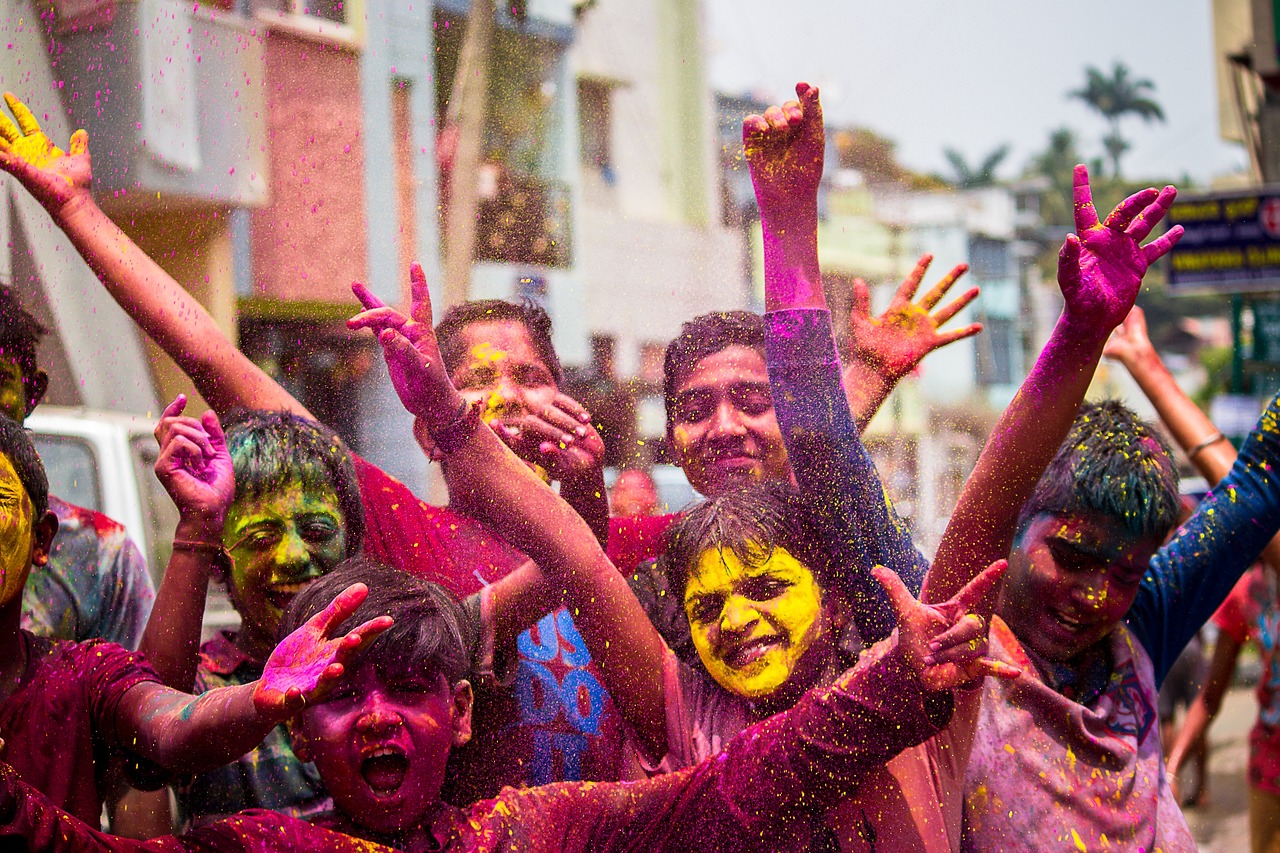
Decorations and Rangoli Designs
When it comes to the Teej festival in India, decorations and rangoli designs play a significant role in adding vibrancy and charm to the festive celebrations. Homes and public spaces come alive with intricate patterns, vibrant colors, and floral arrangements during this auspicious time. Rangoli, a traditional art form, involves creating beautiful designs on the floor using colored powders, flowers, or rice.
The decorations during Teej festival are not just about visual appeal but also hold cultural and symbolic meanings. They symbolize prosperity, good luck, and the festive spirit that permeates through every corner of the households. Women often take the lead in decorating their homes, showcasing their creativity and artistic skills through intricate rangoli designs that adorn the thresholds.
One of the most fascinating aspects of Teej decorations is the attention to detail and the use of traditional motifs and patterns that have been passed down through generations. These designs often reflect themes of nature, mythology, and religious symbolism, adding a deeper layer of significance to the festive ambiance.
During Teej, it's common to see a burst of colors and patterns adorning courtyards, verandas, and entrances, creating a welcoming and festive atmosphere. The vibrant hues and intricate designs not only please the eye but also evoke a sense of joy and celebration, setting the stage for the rituals and festivities that follow.
As families come together to celebrate Teej, the decorations and rangoli designs serve as a visual expression of their reverence for tradition, their love for beauty, and their shared cultural heritage. It's a time when creativity meets tradition, and each design tells a story of devotion, unity, and the rich tapestry of Indian culture.
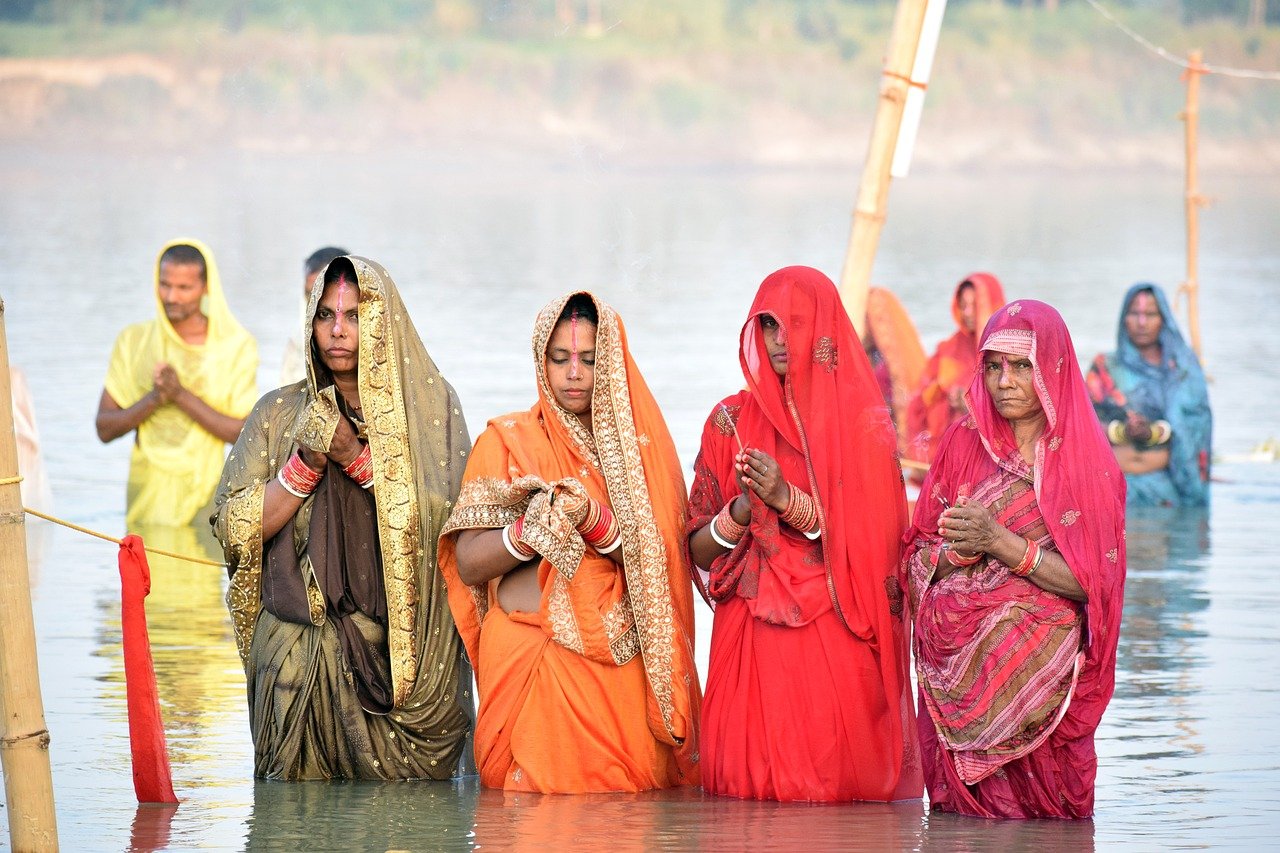
Folk Songs and Dance Performances
The vibrant and colorful Teej festival in India is not just about fasting and rituals; it is also a celebration filled with lively . These cultural expressions play a significant role in adding joy and energy to the festivities, captivating both participants and spectators alike. The rhythmic beats of traditional instruments and melodious voices singing age-old songs create an atmosphere of merriment and cultural richness.
During Teej, communities come together to showcase their unique folk songs and dance forms, each with its own history and significance. These performances are not just entertainment but a way to pass down traditions from one generation to the next. The intricate footwork, graceful movements, and colorful costumes of the dancers transport the audience to a world where tradition meets modernity.
One of the most popular dance forms during Teej is the Kajari dance, where women dance gracefully to the tunes of Kajari songs that depict the beauty of nature and the joys of monsoon. The synchronized movements and expressions of the dancers reflect the essence of Teej festival, celebrating life, love, and the blessings of nature.
Accompanying the dance performances are the soul-stirring folk songs that narrate tales of love, devotion, and cultural heritage. These songs are not just melodies but a reflection of the deep-rooted traditions and beliefs that have been passed down through generations. The lyrics, often sung in regional dialects, carry the essence of the land and its people, connecting listeners to their roots.
Furthermore, the musical instruments used during these performances add a layer of authenticity and charm to the overall experience. From the rhythmic beats of the dholak to the melodious tunes of the flute, each instrument has a unique role in enhancing the cultural significance of the folk songs and dance performances during Teej.
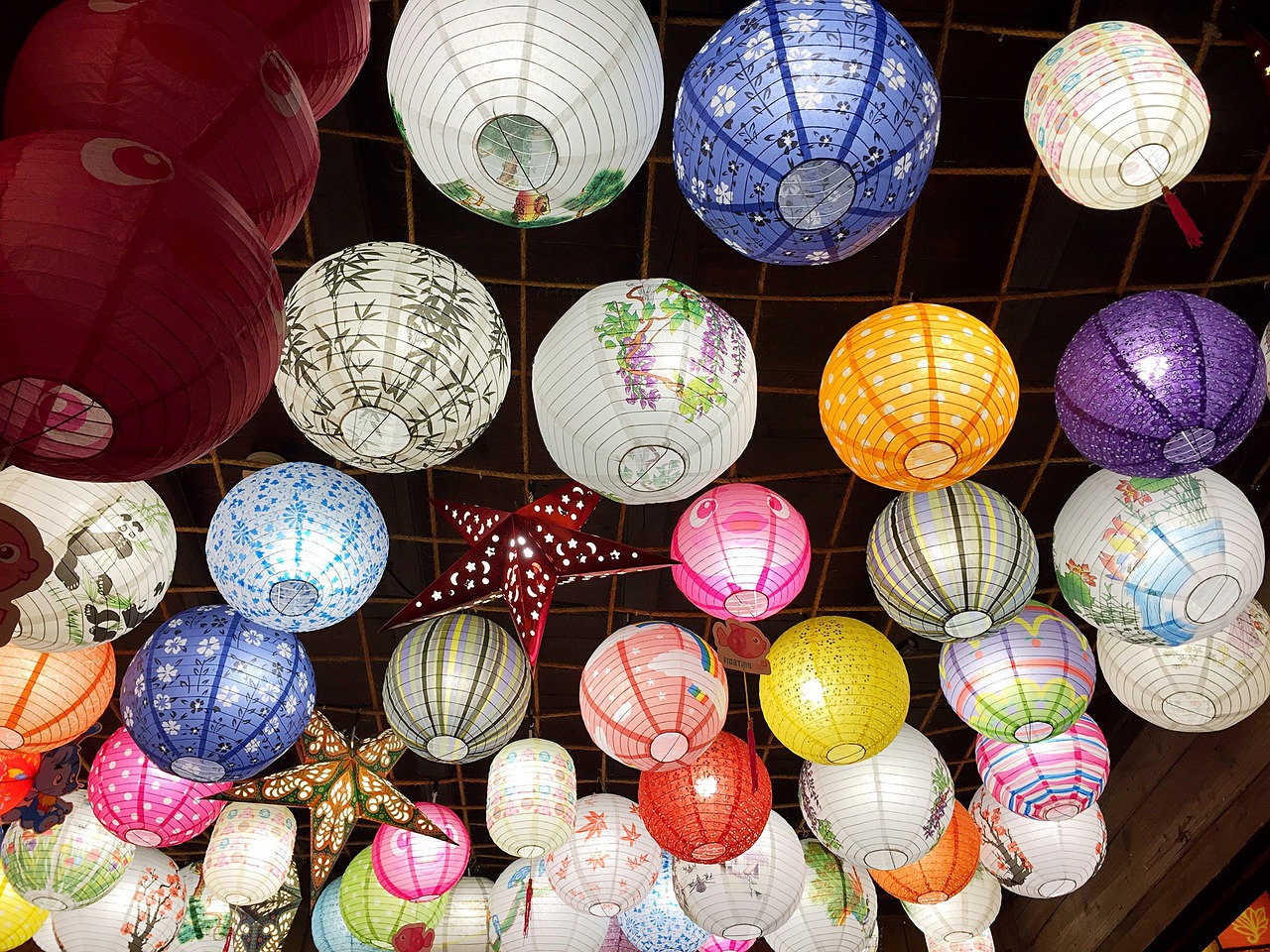
Fairs and Markets during Teej
During the vibrant Teej festival in India, the bustling fairs and lively markets play a significant role in adding to the festive spirit. These fairs are not just places to buy and sell goods but are vibrant hubs of cultural exchange and celebration. As the festival approaches, streets come alive with colorful stalls selling traditional items, festive goods, and handicrafts that showcase the rich cultural heritage of India. The markets are adorned with bright decorations, creating a festive atmosphere that draws both locals and tourists alike.
Visiting these fairs during Teej offers a unique opportunity to immerse oneself in the local culture, interact with artisans, and witness traditional crafts being made. From intricate jewelry to vibrant textiles, the markets are a treasure trove of handmade goods that reflect the artistic traditions of different regions in India. Street performers entertain the crowds with music and dance, adding to the lively ambiance of the fairs.
One of the highlights of Teej fairs is the variety of delicious street food and traditional snacks available for indulgence. From savory chaats to sweet treats like jalebi and ghewar, the fairs offer a culinary journey through the flavors of India. Families gather to enjoy these delicacies together, creating lasting memories amidst the festive hustle and bustle.
Additionally, the fairs during Teej festival serve as platforms for local artisans and craftsmen to showcase their skills and promote traditional art forms. Visitors can witness live demonstrations of pottery, weaving, and other crafts, gaining insight into the intricate processes behind these creations. It's a wonderful opportunity to support local talent and take home unique handcrafted souvenirs as mementos of the festival.
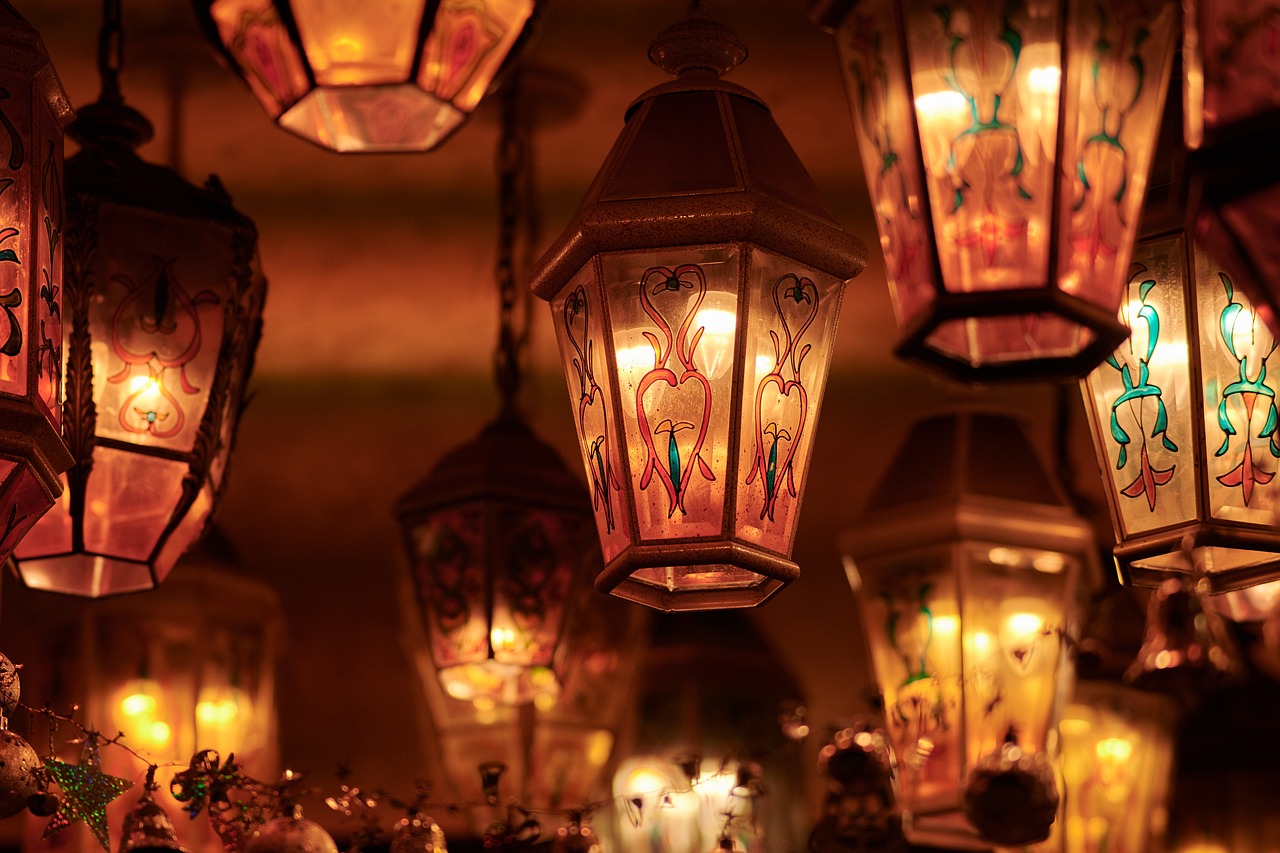
Traditional Sweets and Delicacies
One of the most delightful aspects of the Teej festival in India is the array of traditional sweets and delicacies that are prepared and shared during the celebrations. These delectable treats not only tantalize the taste buds but also hold deep cultural significance, symbolizing sweetness and prosperity.
Among the popular sweets enjoyed during Teej are ghewar, a sweet disc-shaped dessert made from flour and sugar syrup, and malpua, a fried pancake soaked in sugar syrup. These sweets are often prepared at home with great care and shared with family and friends as a gesture of love and togetherness.
Another must-have delicacy during Teej is meetha pooda, a sweet rice dish cooked with jaggery, ghee, and dry fruits. This rich and fragrant dessert is a symbol of abundance and is savored during festive gatherings and feasts.
Furthermore, gujiya, a crescent-shaped pastry filled with khoya, nuts, and dried fruits, is a beloved sweet treat enjoyed during Teej. The intricate folding and crimping of the gujiya symbolize the artistry and craftsmanship associated with traditional Indian sweets.
Alongside these sweets, a variety of savory snacks such as namak pare (crispy fried dough strips), mathri (flaky spiced biscuits), and chivda (savory snack mix) are also prepared and shared during Teej festival, adding a savory contrast to the sweet indulgences.
During Teej, households bustle with activity as women come together to prepare these delectable treats, sharing recipes, stories, and laughter. The aroma of spices, ghee, and sugar fills the air, creating a festive atmosphere that resonates with joy and warmth.
Indulging in these traditional sweets and delicacies during Teej festival not only satisfies the palate but also strengthens the bonds of community and tradition, embodying the spirit of sharing and celebration that defines this vibrant cultural event.
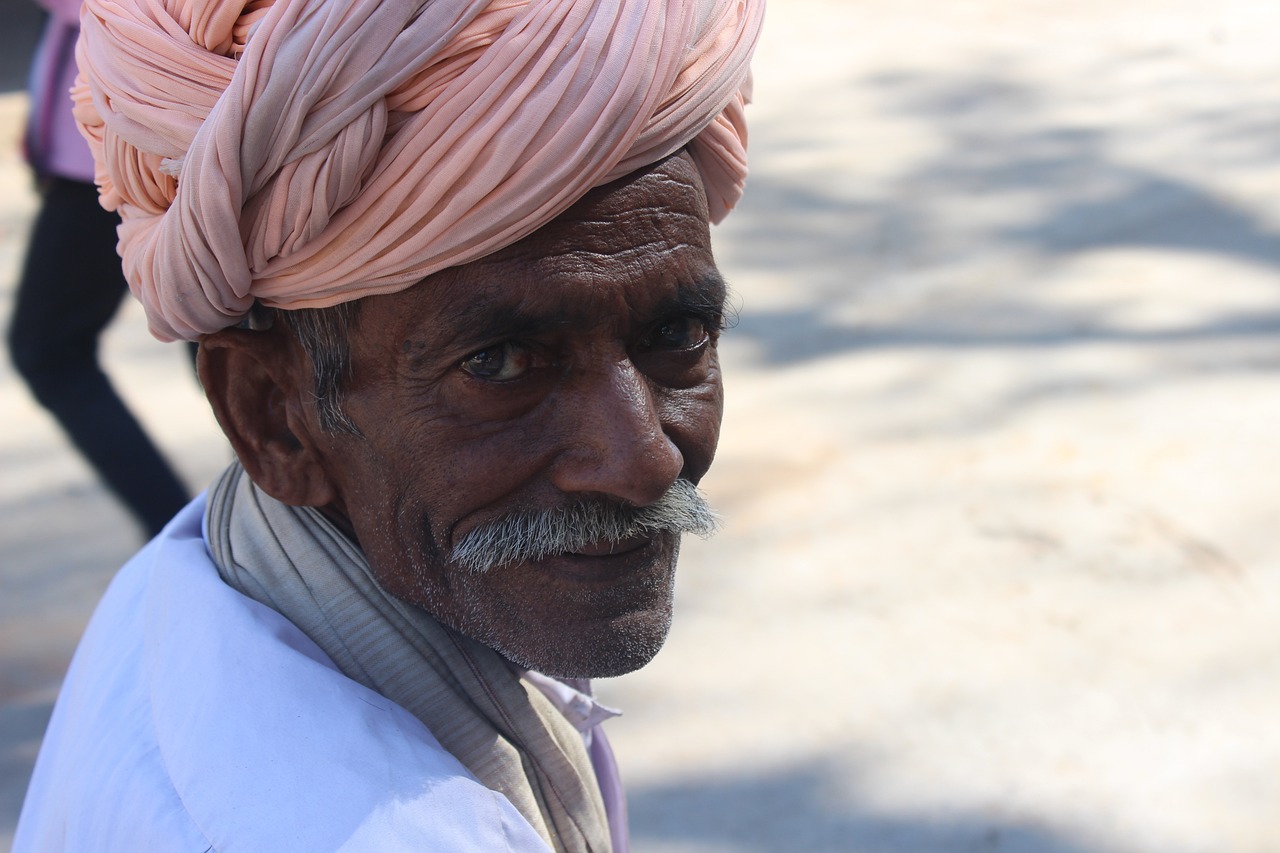
Women's Participation and Empowerment
Women's participation and empowerment during the Teej festival hold a significant place in the cultural tapestry of India. The festival serves as a platform for women to come together, not only to celebrate but also to express solidarity and empower each other. It goes beyond the traditional roles and societal expectations, allowing women to actively engage in the festivities with a sense of community and shared purpose.
One of the key aspects of women's participation in Teej is the observance of rituals and traditions that highlight their strength and resilience. From observing fasts for the well-being of their spouses to engaging in prayers for marital bliss and prosperity, women play a central role in upholding the spiritual essence of the festival. This active involvement not only reinforces their traditional roles but also empowers them to express their devotion and dedication towards their families and loved ones.
Moreover, Teej festival provides a platform for women to showcase their creativity and talent through various cultural activities. From creating intricate mehndi designs to participating in dance performances and cultural programs, women actively contribute to the vibrant atmosphere of the festival. This participation not only fosters a sense of pride and accomplishment but also promotes a spirit of camaraderie and mutual support among women from diverse backgrounds.
Furthermore, Teej festival serves as a reminder of the importance of women's voices and perspectives in shaping cultural traditions and practices. Through their active participation in rituals and ceremonies, women assert their presence and influence in preserving the rich heritage and values associated with the festival. This empowerment through participation not only strengthens their sense of identity but also reinforces their role as custodians of cultural legacy and societal harmony.
In essence, the Teej festival stands as a testament to the enduring spirit and resilience of women in India, highlighting their active participation and empowerment in cultural celebrations. It symbolizes a celebration of womanhood, unity, and strength, emphasizing the pivotal role that women play in nurturing traditions, fostering community bonds, and upholding the cultural heritage of the country.
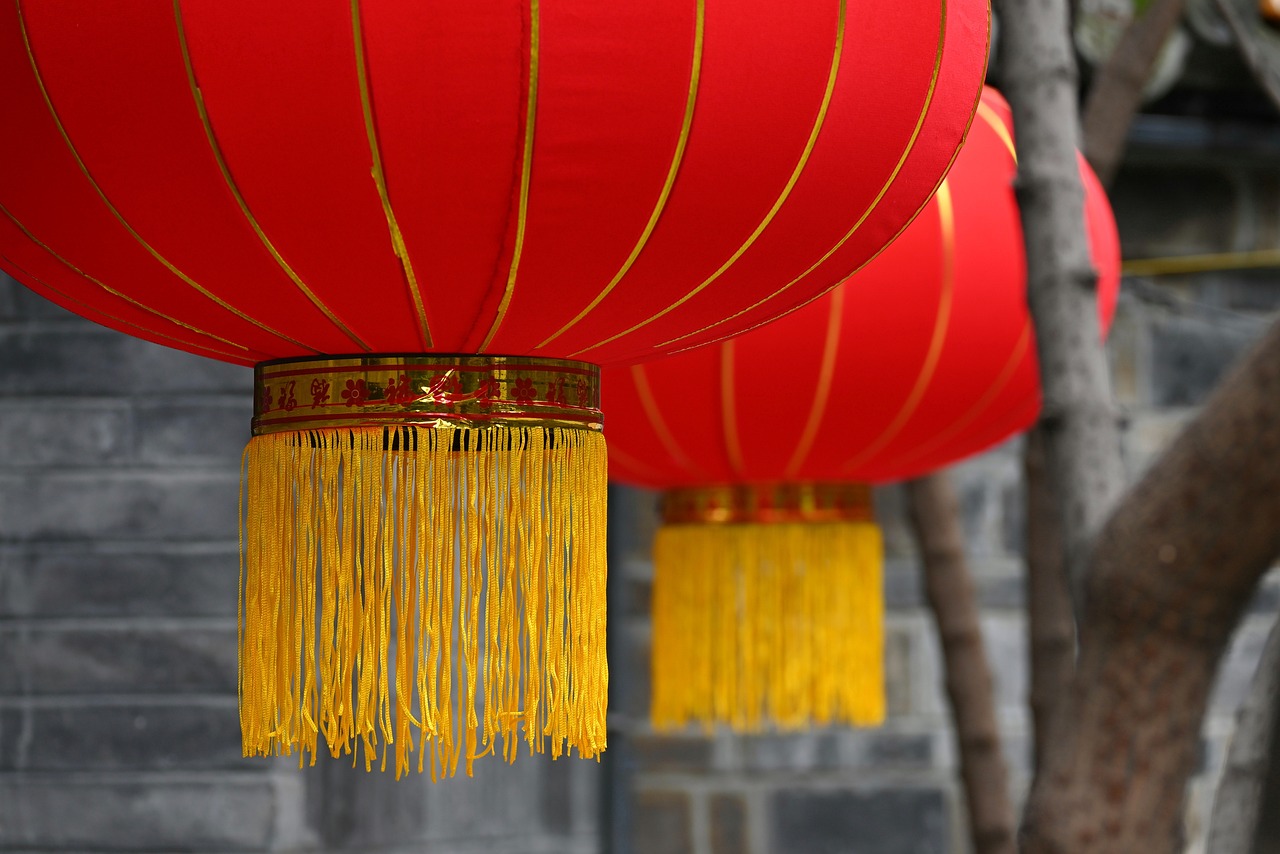
Modern Interpretations and Contemporary Celebrations
Modern Interpretations and Contemporary Celebrations of the Teej festival showcase a harmonious blend of tradition and modernity, creating a vibrant tapestry of cultural celebrations. In recent years, the festival has seen a shift towards incorporating contemporary elements while preserving its age-old customs and rituals. Younger generations are infusing new energy into Teej festivities by integrating modern trends in fashion, music, and art.
One of the modern interpretations of Teej festival is the emergence of themed celebrations and events that cater to diverse tastes and preferences. From fashion shows featuring traditional attire with a modern twist to art exhibitions showcasing contemporary interpretations of Teej motifs, the festival has evolved to appeal to a wider audience while staying rooted in its cultural heritage.
Contemporary Teej celebrations also witness the use of social media platforms and online communities to connect people from different parts of the world who share a common interest in the festival. Virtual gatherings, live streams of cultural performances, and interactive sessions on Teej traditions have become popular ways to engage a global audience and promote cross-cultural exchange.
Moreover, the culinary landscape of Teej festival has undergone a transformation with the introduction of fusion dishes and innovative recipes that blend traditional flavors with modern cooking techniques. Food festivals, cooking competitions, and culinary workshops centered around Teej delicacies have become integral parts of the festival, appealing to food enthusiasts and culinary connoisseurs alike.
Artistic expressions have also found a place in modern Teej celebrations, with contemporary artists creating innovative rangoli designs, vibrant decorations, and multimedia installations that pay homage to the festival's rich cultural heritage. The fusion of traditional art forms with modern aesthetics has brought a fresh perspective to Teej festivities, attracting art lovers and enthusiasts from diverse backgrounds.
Overall, the modern interpretations and contemporary celebrations of Teej festival reflect the dynamic nature of cultural traditions, showcasing the resilience and adaptability of Indian heritage in the face of changing times. As the festival continues to evolve, it serves as a testament to the enduring spirit of celebration and community bonding that transcends generations and boundaries.
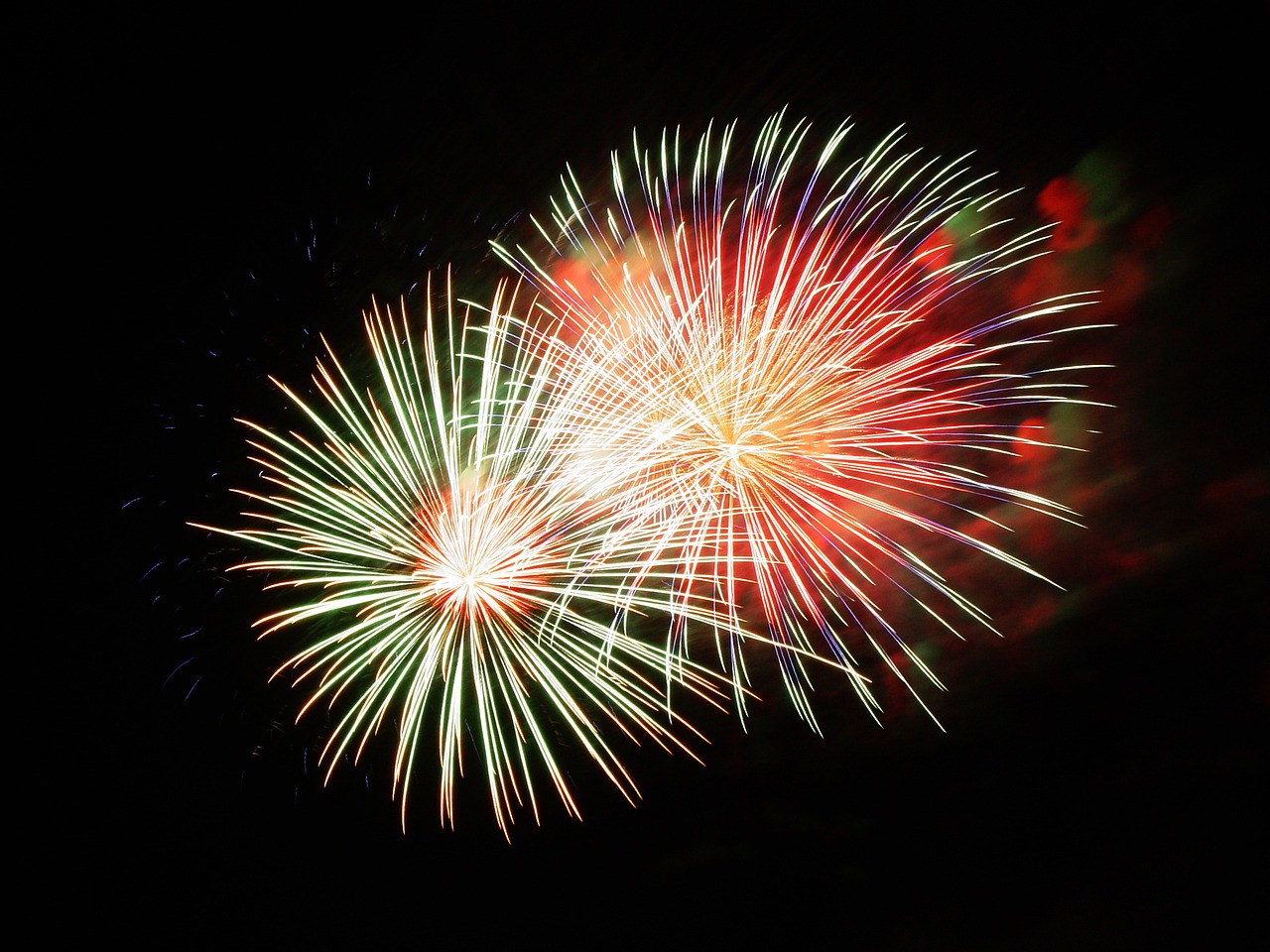
Global Awareness and Cultural Exchange
The Teej festival, with its vibrant colors, rich traditions, and cultural significance, is not just confined to the boundaries of India. In today's interconnected world, the festival has garnered global awareness, attracting people from diverse backgrounds who are eager to experience the essence of this joyous celebration. Through various cultural exchange programs and initiatives, the spirit of Teej has transcended borders, allowing people from different parts of the world to partake in its festivities and understand the values it upholds.
As the world becomes more interconnected, the exchange of traditions and values during Teej festival serves as a bridge between cultures, fostering mutual respect and appreciation for diverse customs and practices. The global awareness of Teej has not only promoted cultural exchange but has also highlighted the importance of preserving and celebrating unique cultural identities in a rapidly changing world.
Through social media platforms, cultural events, and educational programs, the essence of Teej festival has reached far and wide, captivating the interest of individuals who may have never experienced such a vibrant and culturally rich celebration before. This increased global awareness has not only enriched the festival itself but has also contributed to a deeper understanding and respect for the cultural heritage of India and the values it embodies.
Frequently Asked Questions
- What is the significance of Teej festival in India?
The Teej festival in India holds great cultural and religious significance as it celebrates the union of goddess Parvati with Lord Shiva. It is a time of fasting, prayer, and vibrant celebrations that symbolize marital bliss and prosperity.
- What are some common rituals observed during Teej festival?
Common rituals during Teej festival include women fasting for the well-being of their husbands, wearing colorful traditional attire, creating intricate rangoli designs, and participating in lively dance performances and folk songs.
- How do people decorate their homes during Teej festival?
Homes are decorated with vibrant flowers, colorful rangoli patterns, and traditional decorations symbolizing prosperity and happiness. The atmosphere is filled with joy and festivity during the Teej celebrations.
- What role do women play in Teej festival celebrations?
Women play a central role in Teej festival celebrations, coming together to pray, fast, and celebrate in solidarity. It is a time for women to empower each other and participate in the rich cultural traditions of the festival.
- How has Teej festival evolved over time?
Over time, Teej festival traditions have evolved to incorporate modern influences while maintaining their cultural essence. Contemporary celebrations blend traditional practices with global awareness, creating a unique cultural experience.



















